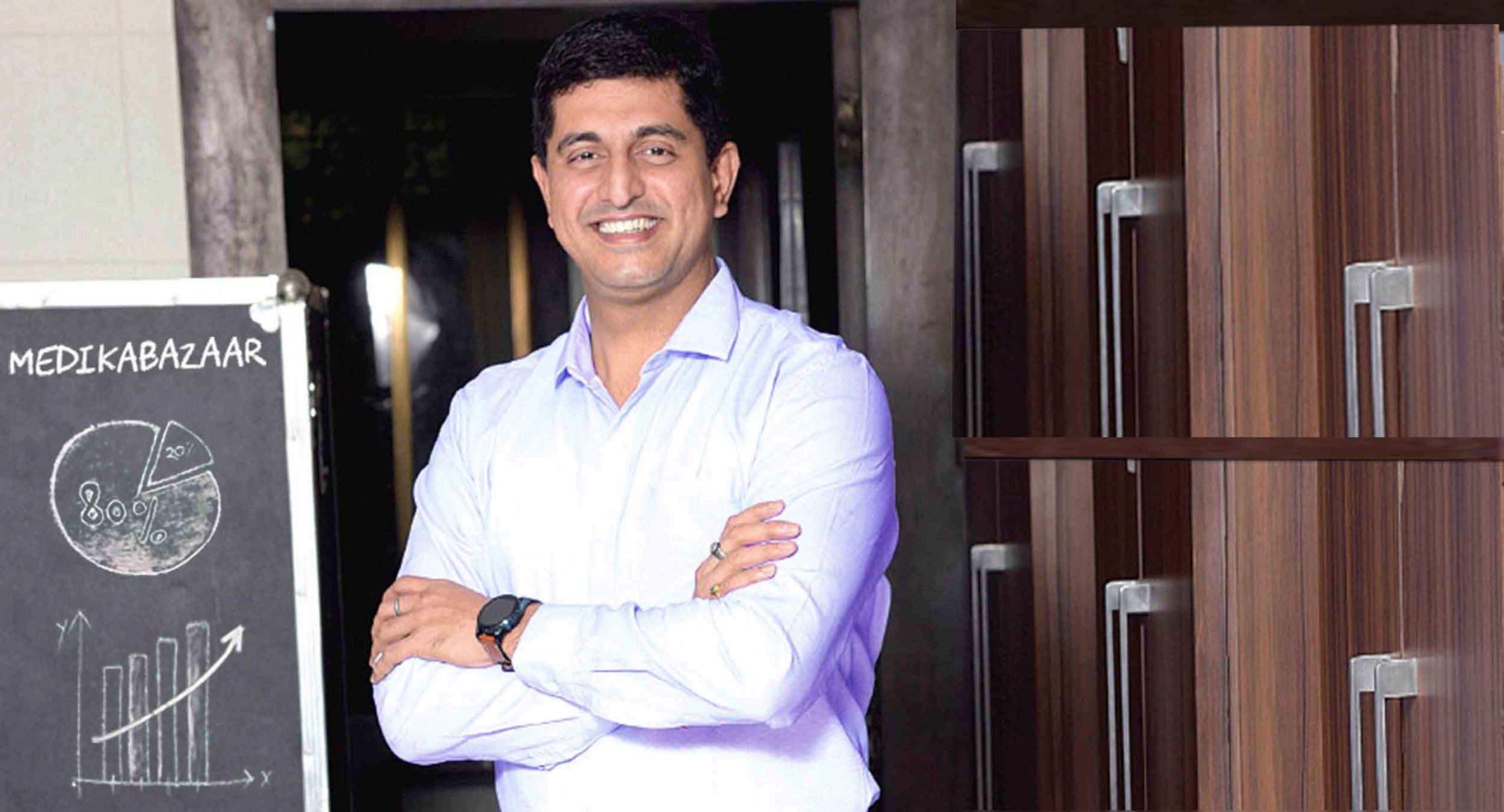The Changing Landscape of Technology in Healthcare: The AI Perspective
Healthcare till few years back was predominantly human driven. It’s not only about doctors diagnosing and treating the patient but the entire journey of the patient starting with the appointment, the preliminary diagnosis, surgical procedures (if needed), and then post-surgery monitoring, till the patient is cured and discharged from the facility. However, times have changed since technology has made deep inroads in the healthcare sector.
Although the key functional areas of hospitals are still the same, what has changed is the degree of human intervention. This is because of the wide spread adoption of new technologies like Artificial Intelligence (AI), Block chain, and Machine Learning both in diagnostics and hospital administration. AI, defined as machine intelligence, is finally taking shape in the Indian healthcare industry, making processes more streamlined, methodical, and most importantly reducing the chances of error which is absolutely crucial when it comes to dealing with health and medical care.
According to a study by The Centre for Internet & Society - a Bangalore-based non-profit organization working on digital pluralism, and public accountability in internet and society – titled, “Artificial Intelligence in the Healthcare Industry in India,” AI is said to potentially bring $957 billion to the Indian economy by 2035. The report specifically identified the healthcare sector as of the industry verticals who are investing heavily in AI. This is not unfounded.
In India, AI is already being implemented in breast cancer screenings which has resulted in earlier detections as compared to more traditional processes. This has led to better survival rates among patients. Preliminary-symptom based diagnosis is another area where AI is being utilized to enable doctors prioritize their appointments based on the symptoms of the patients so that they can devote more time to the ones with more serious diseases and not unintentionally delay further treatment if required.
The application of AI in healthcare can be broadly classified into three categories - Descriptive, Predictive, and Prescriptive. Let’s go through each of them briefly.
Descriptive: The study by The Centre for Internet & Society says that this AI technology is being used widely and shows high potential when it comes to achieving short-term targets. This AI technology collects relevant data from patient injuries and afflictions which have already occurred and identify certain movements and changes which can escape the human eye.
Predictive: Predictive AI technologies uses the data from descriptive AI systems to make forecasts for the future. This type of AI technology can be used both by doctors as well as by the members of the hospital administration. For the former, predictive analysis can be performed to assess and suggest clinical diagnosis for the patients. For hospital management staff, predictive AI can be used for planning their operational processes.
Prescriptive: This is the most fascinating form of AI technology and also the most contentious. Prescriptive AI can not only detect certain subtleties which humans cannot, but also give their propositions on how to diagnose/treat a medical problem. This distinct ability to make a decision is what makes prescriptive AI intriguing when seen in terms of its application in the future.
Vivek Tiwari
Medikabazaar’s latest proprietary AI and ML (Machine Learning) algorithm application, Vizi, is an inventory planning tool which helps hospitals in projecting stock requirements and thus, belongs to the predictive AI category. We have been supplying to more than 22,000 hospitals and while doing that we realized something pivotal. We noticed that their purchase pattern was erratic. Going further, we asked some medical establishments (our customers) about this aspect and got to know that they were facing financial leakages, excesses, shortages, and expiries of their stock keeping units (SKUs) due to an unpredictable demand and manual inventory management systems.
Additionally, the cost of procurement also plays a crucial factor. Medical supplies procurement is the second highest financial segment in a hospital’s total cost of operations (TCO), just behind staff salaries. However, as per an article by Definitive Healthcare, a medical data publication, procurement costs will overtake staff salaries by the year 2020 to become the largest expenditure for medical establishments.
The Vizi application is a solution which will not only save hospitals significant finances in procurement costs but will also give them an intelligent inventory which is bereft of any SKU excesses, shortages, and expiries. As doctors and purchase managers receive the numeric stock projections from the application, they can purchase the right amount of supplies at the right time. The application also recommends reserve or safety stock to avoid stock out situations.
Vizi further makes the procurement easy by leading the customer to Medikabazaar’s online platform from where they can download quotations and buy their required supplies online.
With Vizi, medical establishments can make informed purchase decisions which will help them save at least 30% in procurement costs of medical supplies. In turn, doctors will be able conduct surgical procedures and diagnosis at the right time as there will be no stock-out situation. At the end, patient care is not compromised.
Medikabazaar started out as being only a marketplace for medical supplies. However, over time we realized that there were deeper and more complicated problems which plagued the medical supplies procurement space. Vizi is the result of us constantly pushing ourselves towards inventing new and innovative ways to help hospitals procure efficiently and in turn, enhance and improve the healthcare industry in India.
Author : Vivek Tiwari, Founder and CEO, Medikabazaar


